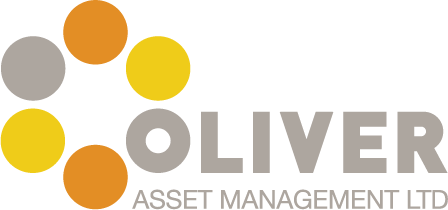A couple of weeks ago Roland mentioned a few reasons why we strongly believe in asset class investing – buying a complete representation of the market in each asset class and staying away from the two key features of active management: market timing and stock picking.
A lot of research has taken place in academic economics into the true cost of active investing and whether, on average, active managers can consistently beat the average market return after transaction and management costs are taken into account.
We believe this academic evidence, coupled with some solid figures from Standard and Poor’s Indices Versus Active (SPIVA) research, explains why even the most successful active managers of recent times, Warren Buffett and Peter Lynch, stated that passive management is best for most investors.
Using the small space a blog article allows, I will briefly go into more depth below.
This excerpt from The Cost of Active Investing by Prof Kenneth R French explains the futility of the average active manager’s task:
“Whether fund of fund investors break even or not, a passive market portfolio produces a higher return than the aggregate of all active portfolios. Why do active investors continue to play a negative sum game? Perhaps the dominant reason is a general misperception about investment opportunities. Many are unaware that the average active investor would increase his return if he switched to a passive strategy.
Financial firms certainly contribute to this confusion. Although a few occasionally promote index funds as a better alternative, the general message from Wall Street is that active investing is easy and profitable.
This message is reinforced by the financial press, which offers a steady flow of stories about undervalued stocks and successful fund managers.
Overconfidence is probably the other major reason investors are willing to incur the extra fees, expenses, and transaction costs of active strategies. There is evidence that overconfidence leads to active trading. (See, for example, Odean (1998), Barber and Odean (2001), and Statman, Thorley, and Vorkink (2006).) Investors who are overconfident about their ability to produce superior returns are unlikely to be discouraged by the knowledge that the average active trader must lose.”
According to Fama’s efficient market hypothesis, all information is already factored into a stock’s price. The very existence of active management makes this so. When we include the higher fees, expenses, and trading costs, it is clear that active investors are playing a negative sum game.
Mr French concludes thus: ‘If a representative investor switched to a passive market portfolio, he would increase his average annual return by 67 basis points over the 1980 to 2006 period.”
The figures taken from the SPIVA research show that in the US and Australia over a 5 year horizon well over half of the active managers fail to outperform indices. Not only this, the inconsistency of fund performance makes it hard to anyone to pick a winning manager. In the US, over the five years ending March 2011, only 0.96% of large cap funds, 1.14% of mid-cap funds and 2.59% of small cap funds maintained a top half ranking over five consecutive 12 month periods.
I must clarify that we do not believe that there are no active managers who can perform well. But the task of picking the few that do perform consistently better than the market over a long investment horizon is futile.
Some investors do trade actively because they really are able to produce superior returns.
The existence of superior investors, however, does not explain the behaviour of the average investor. Active investing is still a negative sum game. Every pound a superior investor earns must increase the aggregate losses of all other active investors.
We do not accept that the City or Wall Street can predict the future, and we certainly would not bet ours or your money on it.
Malcolm Stewart
